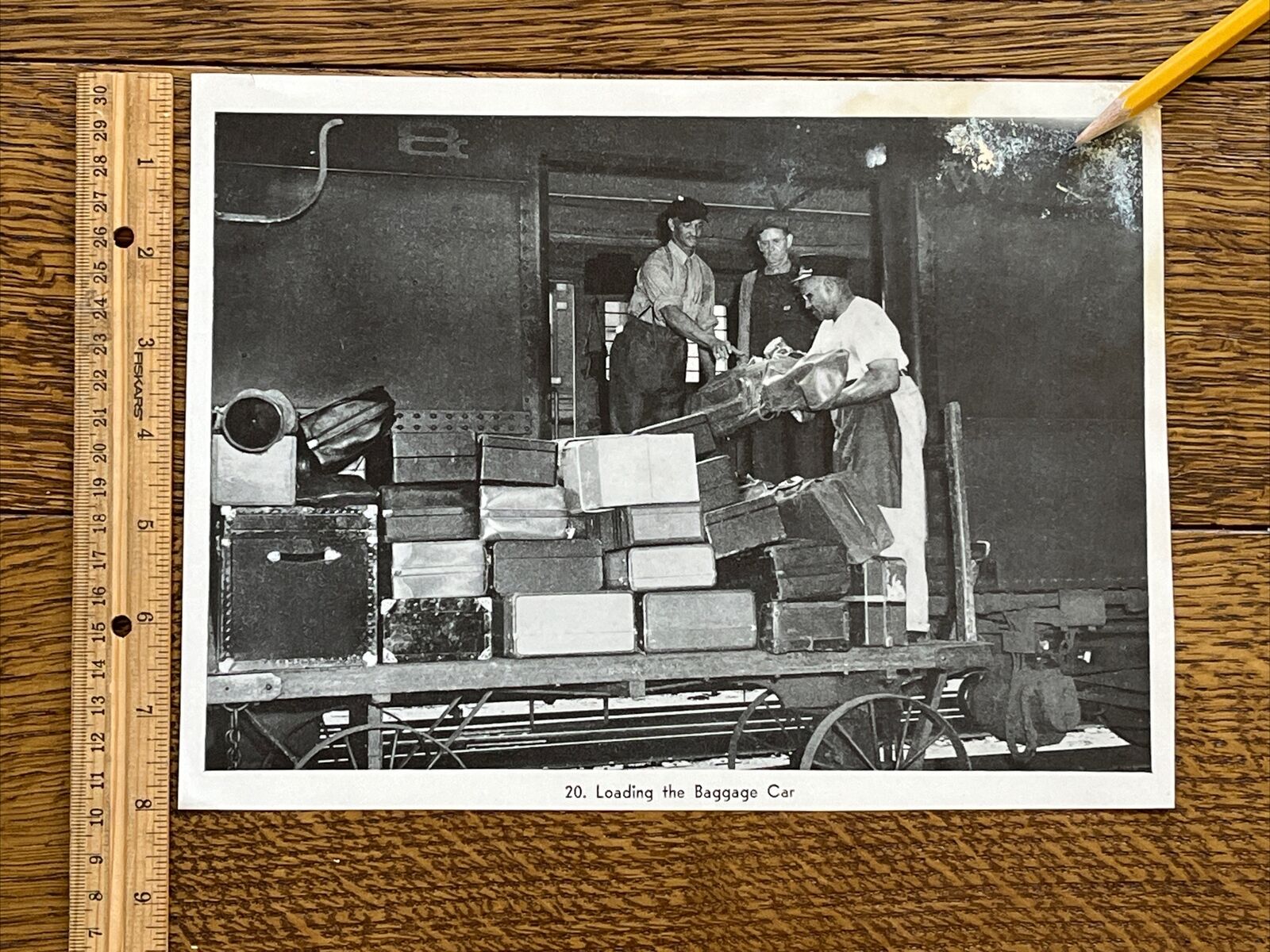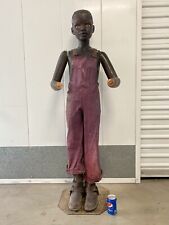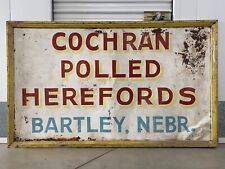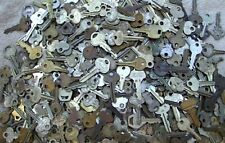When you click on links to various merchants on this site and make a purchase, this can result in this site earning a commission. Affiliate programs and affiliations include, but are not limited to, the eBay Partner Network.
Antique Old Railroad N&S Norfolk Southern Baggage Car Train Print Picture (READ)Black & White Photograph ConditionPicture has some Damage as shown in pictures.Please see pictures for the items being sold.
Size8\" Wide x 10\" TallThe original owner was an employee of the L&N Railroad, who had retired years ago.
This is a great piece FOR THE COLLECTOR! CSX Transportation owns and operates a vast network of rail lines in the United States east of the Mississippi River. In addition to the major systems which merged to form CSX – the Baltimore and Ohio Railroad, Chesapeake and Ohio Railway, Louisville and Nashville Railroad, Atlantic Coast Line Railroad and Seaboard Air Line Railroad – it also owns major lines in the Northeastern United States acquired from the 1999 breakup of Conrail.The lines are split into two regions – Northern and Southern, further split into divisions (five per region), and finally into subdivisions, most of which consist of a single main line with short branches.
We take great pride in customer satisfaction andaccurate descriptions.
If you receive the item and it is not asdescribed,
please let us know immediately so we may rectify theissue to your satisfaction.
Your positive response and your satisfaction are veryimportant to Pieces DecorativeDesign Designed Fabulous Grand Elegant Beautiful Timeless, Classical,Traditional, Inspired, Whimsical, Luxurious, Enticing, Classic, Beautiful,Glorious, Garnished, Superb, Distinctive, Aesthetic, Charming, Fascinating,Sensational, Fabulous, Wonderful, Lovely, Great, Fantastic, Stunning, Incredible, Delightful, Sensational, Fabulous, Wonderful,Lovely, Great, Fantastic, Drool-worthy, Stunning, Incredible, Enjoy,Appreciate, Delightful, Fun, Precious, Glowing, Luxurious, Enticing, Classic,Beautiful, Glorious, Garnished, Superb, Distinctive, Aesthetic, Charming,Fascinating, Make You Smile, Striking, Dramatic, Cheerful, Statement Piece,Lovable, Special, Sure To Please, Colorful, Muted, Perfect, Superlative,Understated, Serene, Eye Candy, Attractive, Graceful, Tasteful, Discerning,Refined, Dignified, Cultivated, Distinguished, Decorous, Conversation PieceCurio, Memento, Remember, Heirloom, Specimen, Trophy, Keepsake
Key Words to help in search of this item
Locomotive Steam Whistles Poster Picture Engine - Great Train/Railroad Railman Man Cave Decor Train Railroad RR Southern 610 Pacific Railway S. Pacific, Illinois, Palmetto, Canadian Pennsylvania Railroad Photo Baldwin Vintage, VTG Old AntiqueS-Motor was the class designation given by the New York Central to its ALCO-GE built S-1, S-2, S-2a and S-3 electric locomotives. The S-Motors hold the distinction of being the world\'s first mass-produced main line electric locomotives with the prototype #6000 being constructed in 1904. The S-Motors would serve alone until the more powerful T-motors began to arrive in 1913, eventually displacing them from main line passenger duties. From that point the class was assigned to shorter commuter trains and deadhead rolling stock between Grand Central Terminal and Mott Haven coach yard. Some examples, including the prototype later renumbered #100, would serve in this capacity through the Penn Central merger in 1968, only being retired in the 1970s as long distance passenger traffic to Grand Central dried up.
History
Unit 6000 hauling a train with various railway officials, 1904After a disastrous 1902 accident in the Park Avenue Tunnel the New York legislature passed a law banning steam locomotives within the city limits effective in 1908. Seeing an opportunity, the railroad decided this could mean a chance to completely rebuild its congested Midtown Manhattan stub end terminal and yard facilities. The electrification project would see not only the construction of the Grand Central Terminal itself, but miles of completely underground platforms and yard tracks which would not have been possible with exhaust-producing steam locomotives.Having already found success with the world\'s first main line electrification project in Baltimore in 1895, ALCO and General Electric were tasked with designing a new locomotive for the project with Alco building the engine and GE supplying the electrical equipment. The initial prototype locomotive, delivered as Class L #6000, was in the 1-D-1 configuration with 4 gearless \"bi-polar\" type traction motors which used the axle shaft as the motor armature. Between October 1904 and July 1906 #6000 racked up 50,000 miles (80,000 km) in test on a track near both Alco and GE plants in Schenectady, New York.The advantages of the new locomotive were striking. It was only half the length of a standard steam locomotive with tender and weighed only two thirds as much, but could provide more power, especially when starting trains on steep grades. It was capable of rapid acceleration and deceleration, ideal for the Hudson and Harlem lines’ numerous, closely spaced commuter rail stations. The locomotive required no turntable and could be reversed for service in the opposite direction in a matter of seconds. With the tests complete an order was placed for 34 additional locomotives to be delivered in the 3400 series and classed T-2 with the original being re-classed T-1.Unfortunately, two days into the new electric service in 1907 a train led by two T-2 class locomotives number 3407 and 3421 derailed on a curve on the Harlem Line killing 24 and injuring 140. The investigation identified design flaws involving the long rigid wheelbase and its performance at high speed. The solution was to convert the entire class to use 2 axle leading and trailing trucks to better guide the locomotive around curves. Units already delivered were modified to fit the extra wheels and units not delivered were modified in the factory. Again the class was changed from T to S. Finally in 1908 an additional batch of 12 locomotives, class S-3, were ordered to support the electrification being extended to North White Plains on the Harlem Line.
The original S-Motor, former No. 6000, awaiting restoration south of Albany, NY in 2012.With weight split between powered and unpowered axles the S motors were never completely satisfactory at pulling long heavy trains at high speed. The 1907 accident only made matters worse with additional unpowered axles being added and new speed restrictions imposed. Finally in 1913 the new class of T-Motors arrived, displacing the S Motors from first line service. For the next 60 years the S-motors were assigned to short local commuter trains and empty equipment movements between Grand Central and the Coach Yards at Mott Haven. They were later re-numbered into the 1100 series and ultimately the 100 series with some examples surviving the Penn Central merger. The combination of the New Haven\'s new 60 unit strong electro-diesel FL-9 to handle short commuter trains and the drastic reduction in long distance passenger trains using the Mott Haven coach yards eventually ended these niche applications as well. Their final assignment was switching service in the underground yards of Grand Central Terminal. The last S motor, #115, was finally retired from Conrail commuter operations in 1981 after 75 years in service, being replaced by GE E-10 steeplecab units acquired second hand from the Niagara Junction Railroad after Conrail took control of that operation.[1]Three S-Motors were preserved including the prototype #100. Two are in museums, #113 at the National Museum of Transportation, and #115 at the Illinois Railway Museum; however, #100, owned by the Mohawk and Hudson chapter NRHS, is stored outside on an abandoned rail spur in Glenmont, New York awaiting funds for restoration. The locomotive was recently secured for transport to the Danbury RailwEphemera is a word used by appraisers often to cover those objects that don’t fit into general categories such as fine and decorative art or glass and porcelain and can be grouped together as everything left over or oddities needing valuation to finalize an estate or collection value.
In the matter of paper ephemera we are referring primarly to magazines, comic books and even dime store novels and other similar publications that were meant to be read and then disposed of later. Much of this material when first published did not register among the balance of the collecting public and endless stories exist of people who bought every issue of Superman or Mad Magazine in their youth only to discover that their parents had thrown them away years later. Today collecting of paper ephemera has become a major field driven by the Baby Boomer generation as well as those born in the 60s and 70s. Collectors use grading companies to slab (place in plastic) and grade their copies of comic books and magazines considered rare such as Golden Age issues of Batman and Superman or the earliest issues of Mad Magazine and even TV Guide. The higher the grade the more valuable the issue. The subject of grading will be addressed in the next post. “ephemera” are vintage printed or written items which originally served some specific purpose and were not expected to be retained or preserved, but which are now cherished. A few decades ago much of it was called “Paper Americana”, though ephemera is not necessarily American. Or even paper: these days the field has been expanded to include such things as tobacco tins, photographs, radio premiums, textile swatches, vinyl record albums, items made of celluloid or wood. Also included are various items which were indeed likely to have been saved, such as wedding invitations, marriage certificates, passports, birth certificates, wills, deeds, divorce papers, stock certificates, promissory notes, and many other vintage documents.
Book, Catalog, Advertisement, Textbook, newspaper picture, sign art rarity
He became fed up with cramped and uncomfortable quarters to do paperwork (a common job of the conductor, whose responsibility is general oversight and control of a train, passenger or freight). This was usually done within either a free space on a passenger car or combine/baggage car.
To fix this problem, Williams found an unused boxcar and, using a simple box and barrel as a seat and desk, set up shop to do his duties. Not only did he find there was plenty of room to work but also figured he could use the unused space to store tools (flags, lanterns, spare parts, etc.) and other essentials when needed.









